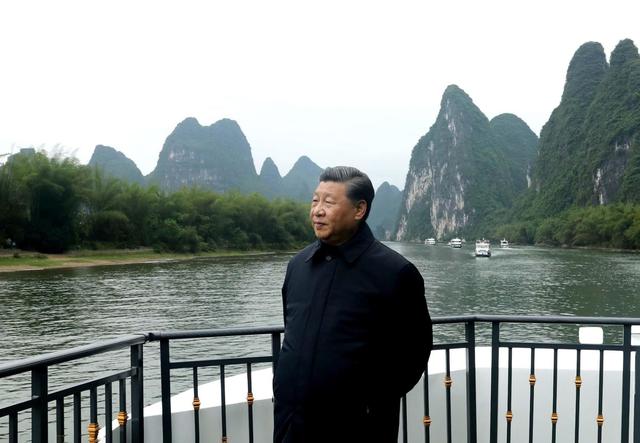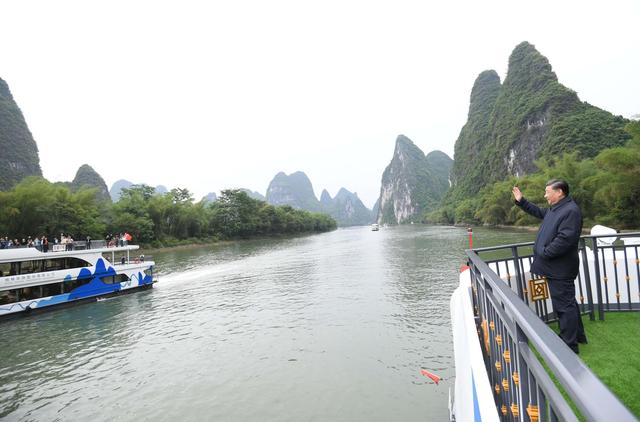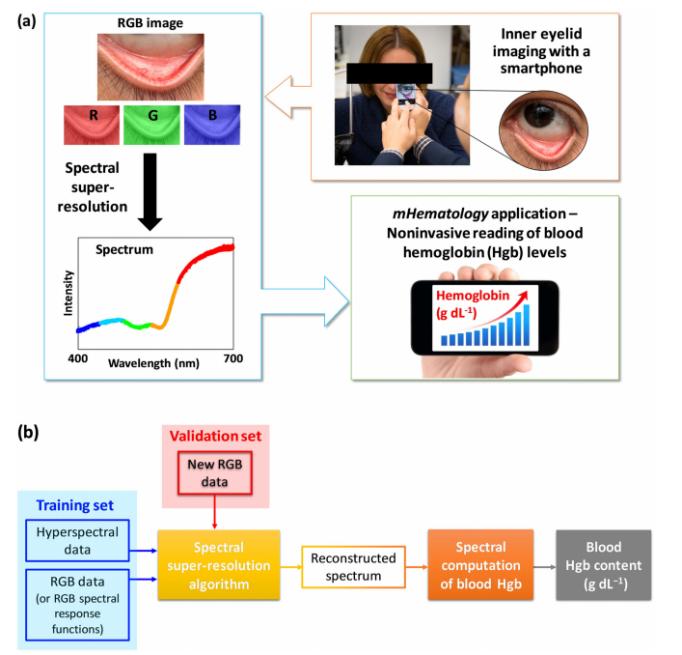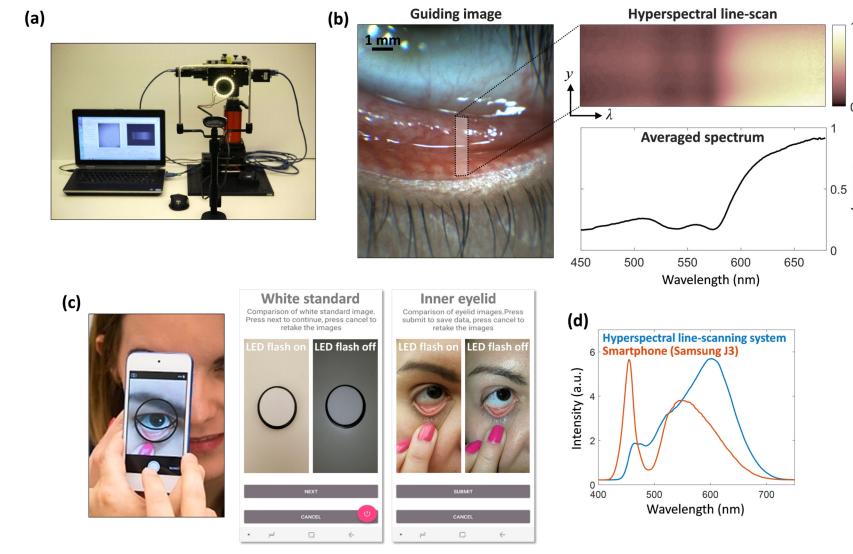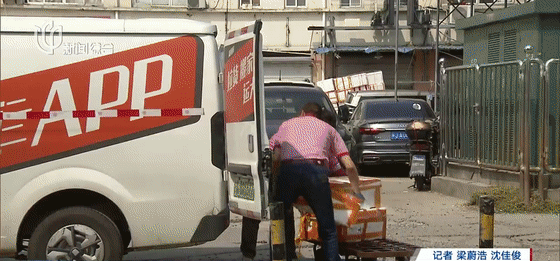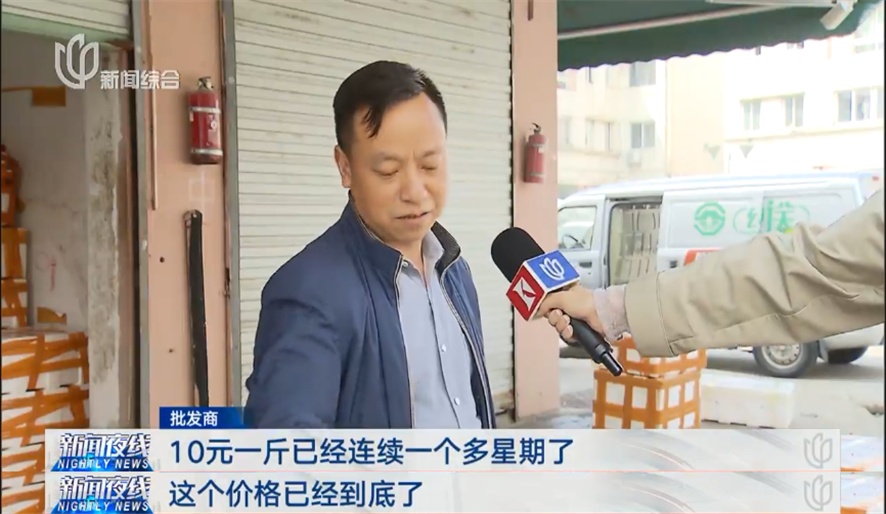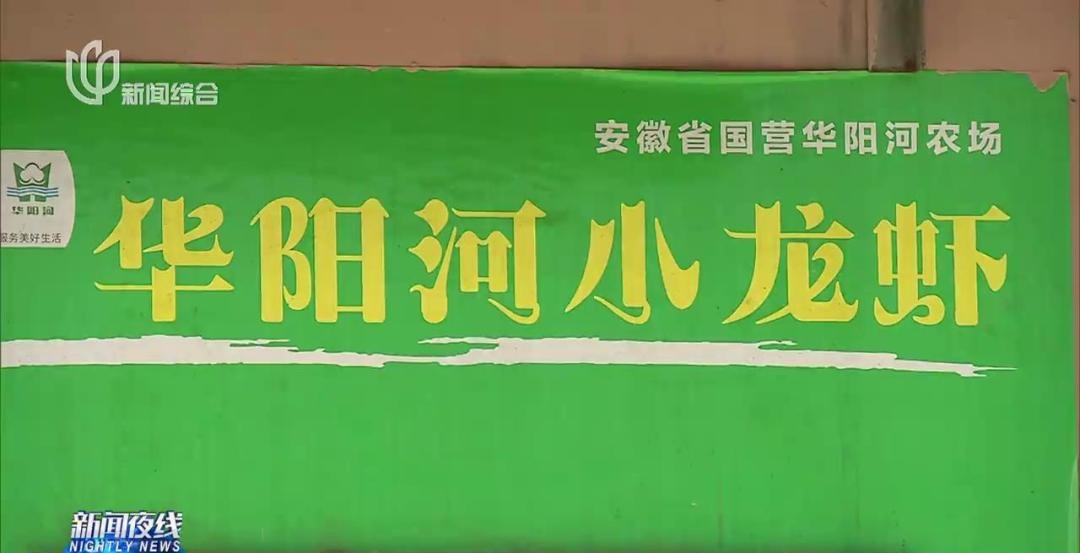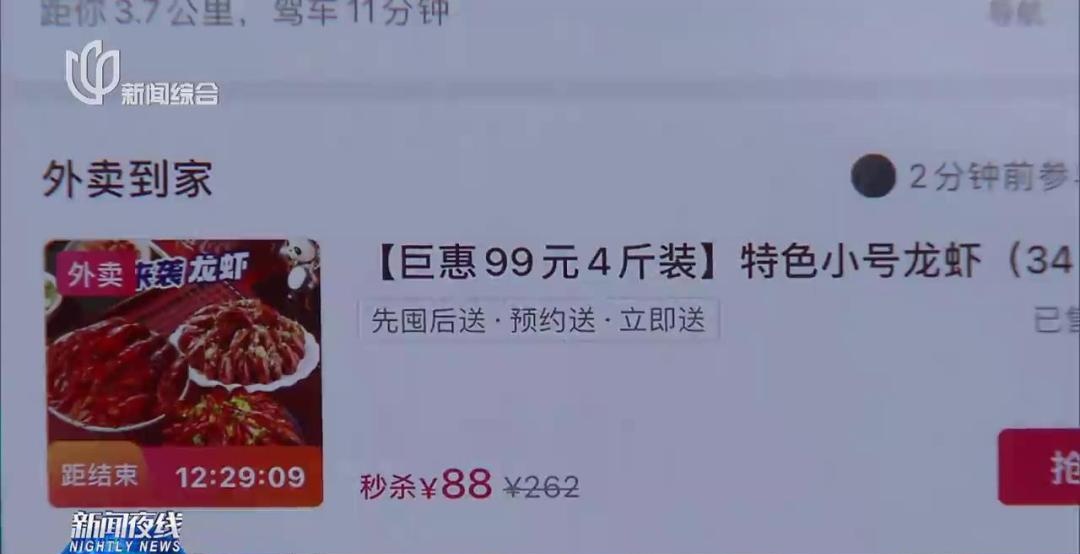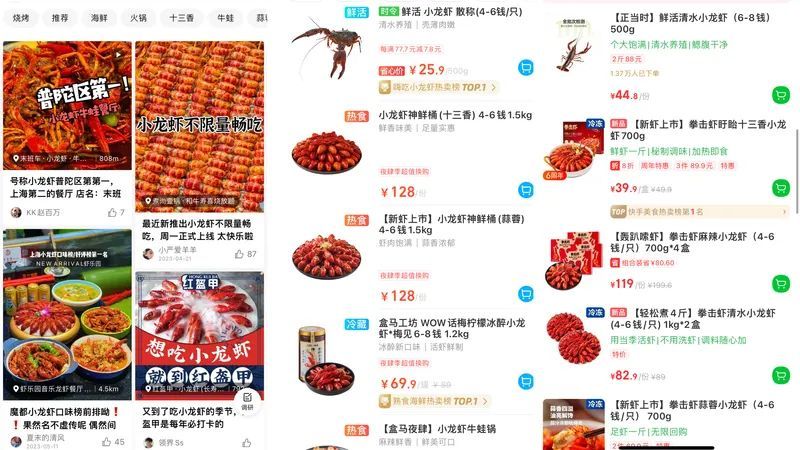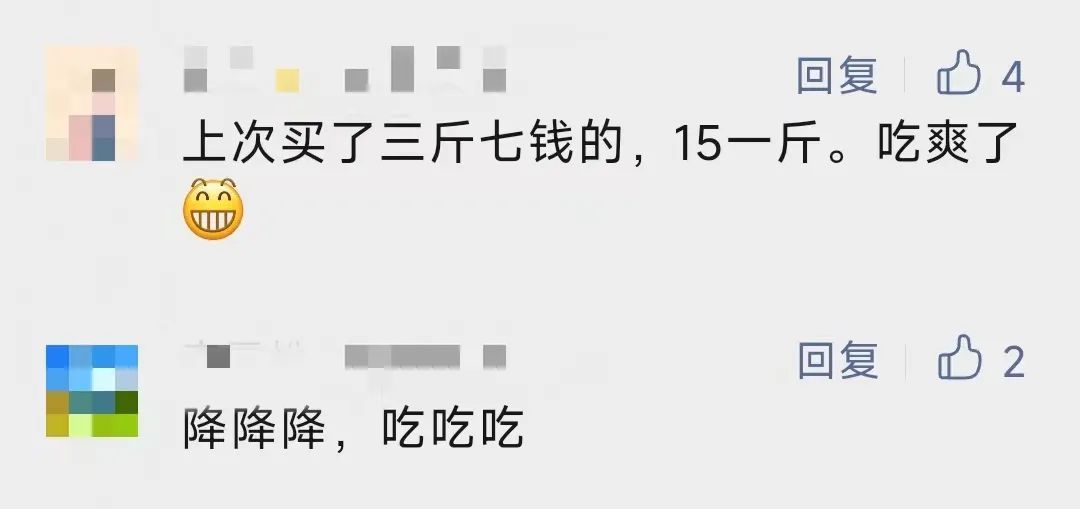What are the main contents of RCEP agreement? Understand in one article
The RCEP agreement consists of a preface, 20 chapters and a four-part commitment table, with a total of 56 annexes, totaling more than 14,000 pages, with a huge content and a wide range of topics. The head of the International Department of the Ministry of Commerce introduced the general situation of RCEP in the fields of goods trade, service investment and other rules.
(1) Trade in goods
First, RCEP members have generally achieved a high level of liberalization.After the agreement comes into effect, more than 90% of the goods trade in the region will eventually achieve zero tariff. The main product is to reduce the tax immediately to zero and reduce the tax to zero within 10 years, which is expected to benefit enterprises and consumers in various countries in a short time.
Judging from the zero tariff level among members.China’s commitment to the 10 ASEAN countries, Australia and New Zealand is about 90%. Except Laos, Cambodia and Myanmar, other ASEAN members, Australia and New Zealand promised me a slightly higher proportion. I promised Japan and South Korea 86% of the final zero-tariff items, while Japan and South Korea promised me 88% and 86% respectively.
Judging from the specific products that enterprises pay attention to.Take several major ASEAN countries as examples. For example, on the basis of the original China-ASEAN Free Trade Agreement, Indonesia cancelled tariffs on processing aquatic products, cosmetics, plastics, rubber, luggage, clothing, shoes and boots, marble, glass, steel products, engines, televisions, automobiles, spare parts and motorcycles. Malaysia has further opened its market to me for processing aquatic products, cocoa, cotton yarn and fabrics, chemical fiber, stainless steel, some industrial machinery and equipment and parts, automobiles and motorcycles. The Philippines has further granted me zero tariff treatment on pharmaceutical products, plastics and their products, chemical fibers and fabrics, clothing, textiles, shoes, glass and its products, steel products, engine parts, air conditioners, washing machines and other electromechanical products, automobiles and parts. On the basis of the original China-ASEAN Free Trade Agreement, China also opened its market to ASEAN on canned pineapple, pineapple juice, coconut juice, pepper, diesel oil, some chemicals, paper products and some auto parts. If you want to know the specific tax reduction data of each member, you can log on to the free trade zone service network and download the goods concession tables of various countries for inquiry, so that you can intuitively see the tax reduction range and duration of the products concerned.
Second, another highlight of RCEP in the field of goods trade is the accumulation rule of origin.If RCEP’s commitment to tariff concessions on goods is to plan tax reduction arrangements at the national level, then RCEP’s rules of origin accumulation are a new guide for how to enjoy benefits at the enterprise level. The accumulation of origin is widely known as the most eye-catching achievement in the field of RCEP goods trade.
According to the rule of origin accumulation, when determining the origin qualification of products, the original materials of other RCEP member countries can be accumulated to meet the origin standard of 40% value-added of final export products, so that it is easier to enjoy preferential tariffs. The specific provisions and practical operation of the relevant rules of origin will be explained in detail by experts from the General Administration of Customs later.
In a word, the cumulative rule of origin is conducive to further expanding our exports, promoting the trade of intermediate products, and stabilizing and strengthening the regional supply chain, which enterprises must master carefully.
Thirdly, in terms of goods trade facilitation, RCEP members have also reached a series of high-level rules on customs procedures, inspection and quarantine, and technical standards.With the implementation of these facilitation rules, RCEP will significantly reduce the cost of intra-regional trade, enhance the competitiveness of products in the region, and gradually exert the trade creation effect, bringing more business opportunities to enterprises and more choices and benefits to consumers.
(B) on trade and investment in services
Service trade and investment are also the key contents in the RCEP market access field. The openness level of service trade and investment of each member is significantly higher than their respective "10+1" agreements, which significantly improves the liberalization and facilitation level of service trade and investment in the region.
1. In terms of opening up trade in services,China’s commitment to the opening up of service trade has reached the highest level in the existing free trade agreements. On the basis of about 100 departments promised by China after its accession to the WTO, 22 departments including management consulting, manufacturing R&D and other related services and air transportation have been added, and the commitment level of 37 departments including finance, law, construction and shipping has been improved. Other RCEP member countries also promised to provide greater market access, and some countries also promised to fully open some service sectors. Judging from the service sectors that China focuses on, other parties in RCEP have promised to open up to a greater extent in construction, engineering, tourism, finance, real estate, transportation and other sectors, providing a broad market space for our enterprises to "go global" and expand the layout of regional industrial chains.
2. In terms of investment,The RCEP Investment Chapter integrates and upgrades the investment rules of the original "ASEAN 10+1 Free Trade Agreement", and makes comprehensive and balanced investment arrangements in terms of investment market access and investment protection, essentially forming the largest investment agreement in Asia, which is conducive to creating a more stable, open and convenient regional investment environment and injecting strong impetus into attracting foreign investment and promoting development in the region.
In terms of investment market access, all member countries adopt the negative list model to make commitments. For China, this is the first time that we have included the negative list of non-service investment in international agreements, and made high-level liberalization commitments in five areas: manufacturing, agriculture, forestry, fisheries and mining, which greatly expanded the connotation of the list and enhanced the transparency of investment policies. Other parties have also adopted the negative list method to make a higher level of openness commitment. In manufacturing, Japan, Australia and New Zealand are basically fully open except for a few sensitive areas. In agriculture, forestry, fishing and mining, enterprises of member countries are also allowed to enter each other’s markets under certain conditions or requirements. The above arrangement will bring more opportunities to investors from all countries.
The level of openness promised in the negative list can only be more and more open and cannot be withdrawn. This is a powerful obligation, which greatly improves the certainty of market access, is conducive to enhancing investment confidence in the region, and promotes the integration of upstream and downstream value chains in the region, which is fully in line with the commitment of the CPC Central Committee that "China is opening wider and wider".
3. With regard to the temporary movement of natural persons,In order to promote all kinds of trade and investment activities, each party promises that investors, internal mobile workers, contract service providers, accompanying spouses and their families from all countries in the region can obtain a certain period of residence and enjoy visa convenience if they meet the conditions. Compared with previous agreements, RCEP extends the scope of application of commitments to all categories of natural persons who may move across borders, and the overall level basically exceeds the commitment level of member countries in existing free trade agreements, with high policy transparency. For a big trading and investment country like China, visa convenience, entry and residence have long been the key concerns of enterprises. The conclusion of the RCEP high-level chapter on the movement of natural persons will open up relevant rules in the region and further provide more policy preferences and certainty for Chinese enterprises to "go global" and "bring in" foreign talents.
(3) Rules on various fields
RCEP has expanded the rule fields of many original "10+1" free trade agreements, and included issues such as intellectual property rights, e-commerce, trade remedy, competition and government procurement in benchmarking international high-level free trade rules, and made provisions that meet regional characteristics and needs.
With regard to intellectual property rights,RCEP covers a wide range of contents such as copyright, trademarks, geographical indications, patents, designs, genetic resources, traditional knowledge and folk literature and art, and has significantly improved the level of regional intellectual property protection while taking into account the different development levels of countries. For example, we revised the Copyright Law through RCEP negotiations, which is in line with the international high-standard rules, so that the court has the right to order the destruction of infringing products and manufacturing materials and tools for infringing products, which is of positive significance for strengthening intellectual property protection and creating a better business environment.With regard to e-commerce,In addition to the provisions on electronic authentication and signature, online consumer protection, online personal information protection, network security and cross-border electronic information transmission, RCEP has also included provisions on data flow and information storage in the FTA for the first time under the premise of complying with Chinese laws and regulations. For example, the agreement stipulates that RCEP members should recognize the legal effect of electronic signature and electronic authentication technology, which makes the signing of online contracts, the authorization of electronic payment and the conclusion of online transactions fully protected and recognized by the agreement, providing an important guarantee for the development and prosperity of e-commerce and digital trade in the region.
In addition, RCEP includes trade remedy, competition and government procurement.And other specific provisions to ensure fair trade among member countries, oppose market monopoly, protect consumers’ rights and interests, and carry out cooperation in the field of government procurement. (CCTV reporter Zhang Daofeng Ge Xiaowei)































